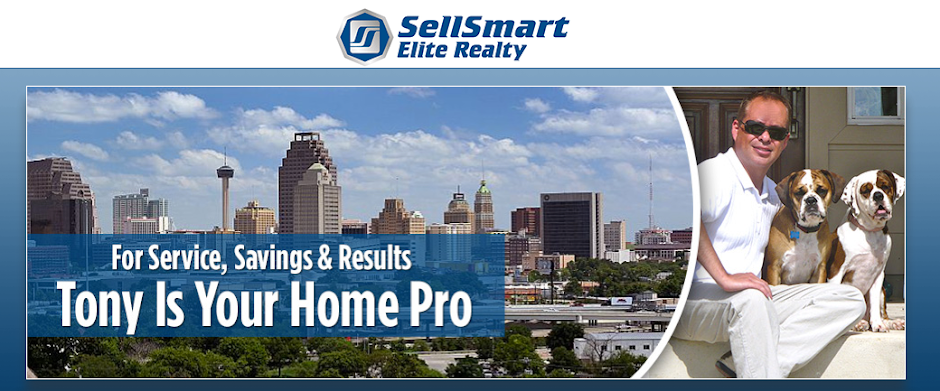Not long ago, FHA home loans were
something of a niche product that appealed mostly to low-income buyers.
But when the housing bubble burst in 2008, the federal program suddenly
became a common way to finance property.
Even today, FHA mortgages can
be appealing to those who don’t qualify for conventional home loans.
Certainly, there are some big pluses, including the ability to buy a
house with very little money down. But be careful: Recent changes have
made these loans more expensive than ever.
Here’s what you need to know if you don’t fit the ideal credit profile for most banks and are considering one of these loans.
1. The Government Isn’t the Lender
Despite the name, you don’t get an FHA loan from the Federal Housing Administration.
Rather, the agency insures loans that are made by a private lender. In
other words, if you take out a mortgage and fall behind on your
payments, the FHA will reimburse the bank or mortgage company for its
losses.To do that, it charges the homeowner both an upfront and an annual mortgage premium. Because of this added layer of protection, FHA-approved lenders are able to extend financing to customers who don’t qualify for conventional loans. Keep in mind that not all loan originators provide FHA loans. To find a list of approved lenders, you can search on the U.S. Department of Housing and Urban Development website.
2. They’re Versatile
One of the misconceptions about FHA mortgages is that they’re only suitable for a small percentage of homebuyers. In fact, you can use these loans for a fairly wide range of needs, including home purchases and refinancing. You can also choose between fixed and adjustable-rate mortgages, or ARMs.
Nor can borrowers only tap FHA loans for modest homes. In more expensive parts of the country, you can borrow up to $625,500 for a single-family home – and even more for multi-family units.
3. Down Payments Are Lower
When the housing market took a
turn a few years back, the days of zero-down mortgages disappeared
virtually overnight. But don’t think this means you need to put down 20%
of the purchase price to buy a home. With an FHA mortgage, many
individuals and families can purchase a house or condo with as little as
3.5% down.
4. You Don’t Need Perfect Credit
One of the more common reasons why applicants can’t get a traditional mortgage is because of a damaged credit score. The FHA program is considerably more forgiving. With a credit score of 580 or above, borrowers can typically qualify for a mortgage and benefit from the 3.5% down payment requirement. You might be able to get a loan if your score is even lower, though you might have to put down 10% or more of the home’s value. Another big difference with FHA loans is that you can often qualify even if you have filed for bankruptcy or undergone a foreclosure within the past few years. But first, you’ll need to re-establish your credit and meet other program requirements.
5. Loans Can Cover Renovations
Interested in a home that needs a little work? With a special product known as an FHA 203(k) loan, the cost of certain repairs and renovations are built into the loan. That can make a big difference if you don’t have a lot of cash on hand after making your down payment.
The FHA’s Energy Efficient Mortgage program is a similar concept, but aimed at upgrades that lower the utility bill. The cost of newer, more efficient appliances, for example, becomes part of the loan.
6. You May Get Help With Closing Costs
When you buy a home, you may be responsible for certain out-of-pocket expenses such as loan origination fees, attorney fees and appraisal costs. One of the advantages of an FHA mortgage is that the seller, home builder or lender is allowed to pay some of these closing costs on your behalf. If the seller is having a hard time finding a buyer, he or she might just offer to help you out at closing time as a deal sweetener.
7. PMI Might Be Cheaper
While there are many perks in the FHA program, the obvious drawback is the requirement to pay mortgage premiums for
mortgage insurance on the loan. In recent years, the government has
gradually hiked the amount homeowners have to pay, which can make these
loans considerably more expensive than conventional loans.These days, borrowers face an upfront premium of 1.75% and an annual premium that, in many cases, will represent 1.35% of the loan amount. For a 30-year loan worth $200,000, that means you could pay $3,500 in upfront costs and another $2,700 each year to cover the insurance.
Because of the premium spikes, some experts suggest that a conventional loan with private mortgage insurance,
or PMI, is now a less expensive option for most home buyers who need to
have it (a down payment of less than 20% usually triggers the mortgage
insurance requirement). The annual costs of PMI are typically between
0.3% and 1.15% of the loan – and there’s no upfront fee.
Original Article at: 7 things to know about FHA home loans
By Daniel Kurt
December 23, 2014 4:20 PM


No comments:
Post a Comment